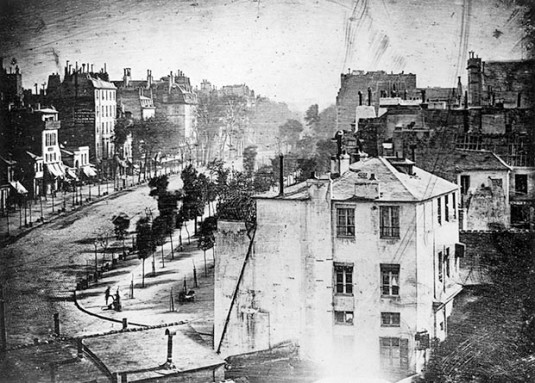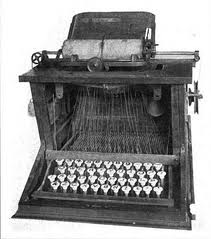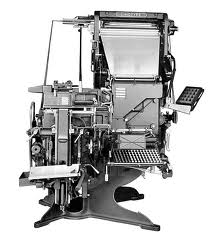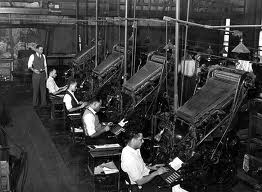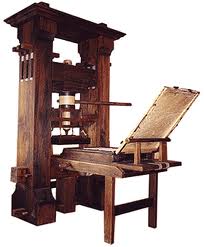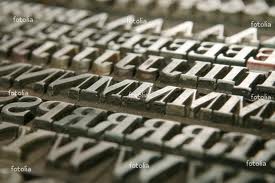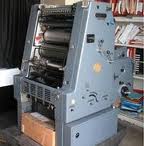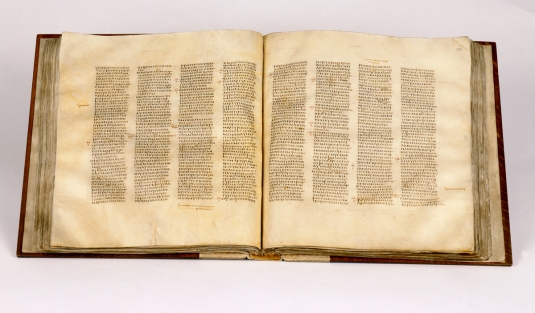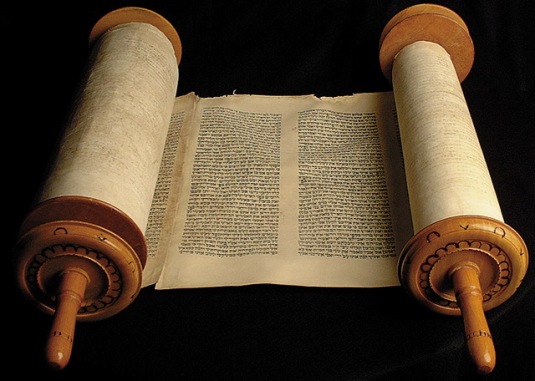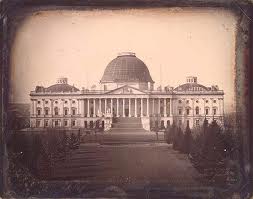 Daguerreotype was invented by a man named Daguerre. This was a great invention because it was a step up from the camera obscura. It was a great invention, but it did have some disadvantages. For example, it took way too long to be developed and it could not be duplicated so there was only one of every picture.
Daguerreotype was invented by a man named Daguerre. This was a great invention because it was a step up from the camera obscura. It was a great invention, but it did have some disadvantages. For example, it took way too long to be developed and it could not be duplicated so there was only one of every picture.
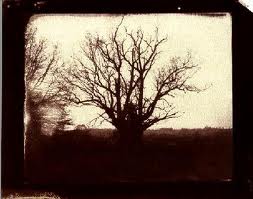 Calotype images were invented by William Fox Talbot. An image was exposed to light-sensitive paper, producing a paper negative. This was another great invention because these images could be duplicated an unlimited number of times.
Calotype images were invented by William Fox Talbot. An image was exposed to light-sensitive paper, producing a paper negative. This was another great invention because these images could be duplicated an unlimited number of times.
 This is an example of a photo made by using the Wet Collodion Process which was invented by a man named Archer. This had many advantages. For example, it was faster and the exposure time was reduced from half an hour to 2-3 seconds. It was also cheaper, but the photo had to be immediately exposed and developed while it was wet.
This is an example of a photo made by using the Wet Collodion Process which was invented by a man named Archer. This had many advantages. For example, it was faster and the exposure time was reduced from half an hour to 2-3 seconds. It was also cheaper, but the photo had to be immediately exposed and developed while it was wet.
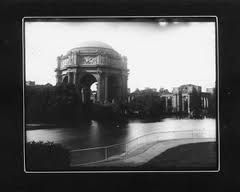 This is a photo made by the Dry Plate Process which was invented by Richard Maddox. Glass plates were coated in gelatin and it was still a step up in photography, but photography was still too complicated for the public. Photo emulsion is a layer of light sensitive material coated in a substrate. Eastman Kodak created the company Kodak from his last name. Instant photography happened a lot faster than the previous photography inventions.
This is a photo made by the Dry Plate Process which was invented by Richard Maddox. Glass plates were coated in gelatin and it was still a step up in photography, but photography was still too complicated for the public. Photo emulsion is a layer of light sensitive material coated in a substrate. Eastman Kodak created the company Kodak from his last name. Instant photography happened a lot faster than the previous photography inventions.
This is the first photo of a human being by Louis Daguuerre.
